|
Stewart Island on 2-6 December 2010
|
|
|
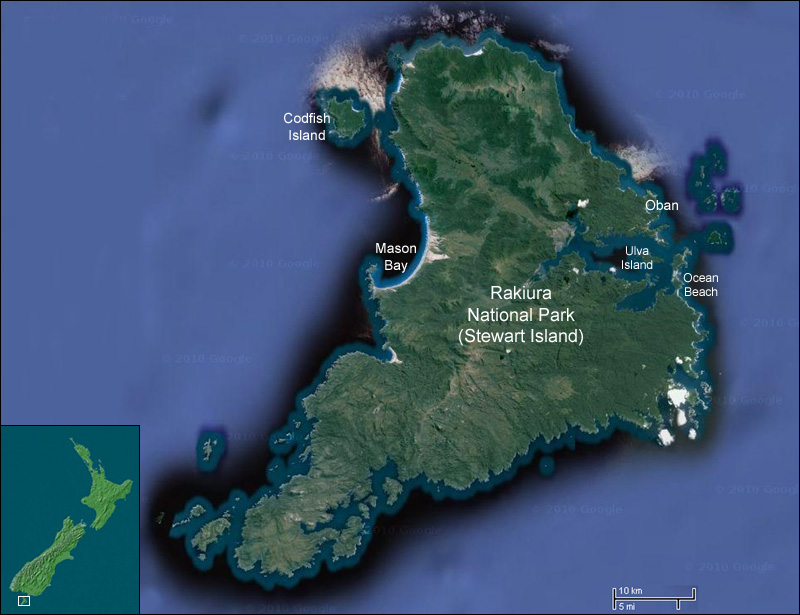 |
Stewart Island/Rakiura is the third-largest island of New
Zealand. It lies 30 km south of the South Island, across Foveaux Strait.
Its permanent population is slightly over 400 people, most of whom live
in the settlement of Oban, which is the only town on whole Rakiura. Rakiura
is the Maori name for Stewart Island and means “Land of the Glowing
Skies". While this is a reference to the blushes of Te Rakitamau it
also describes the island’s spectacular sunsets and its night-time
displays of Aurora Australis, the Southern Lights. The majority of the breeding
population of critically endangered Kakapo (a large flightless parrot) are
currently located on Codfish Island, which is closed to visitors and unauthorised
landing is prohibited. There are many species of birds on Stewart Island/Rakiura
that have been able to thrive because of the absence of the cats, rats,
stoats, ferrets, weasels and other predators that man has brought to the
main islands. Native plants include the world's southernmost dense forest
of podocarps (southern conifers) and hardwoods such as rata and kamahi in
the lowland areas with manuka shrubland at higher elevations.
 |
 |
Approaching Stewart Island by the ferry from Bluff (South
Island). Sooty Shearwaters and Common Diving Petrels were common, while
White-capped Albatrosses, Giant Petrels, Blue Penguins were seen in less
numbers. Stewart Island Shag and Spotted Shag show up now and then close
to the coast.
 |
 |
My cosy little room at Jo and Andy's B&B. A very kind
couple and a very special house. Woke up every morning to a lovely concert
of singing birds and of course load calls of Kãkãs and Wekas.
 |
 |
Part of the beautiful track named Fuchsia Walk, located
a few hundred metres from my accommodation. In this area parties of
Kãkã were always present.
 |
|
 |
Part of nice dense forest close to Oban.
 |
|
 |
Close-up of a beautiful Kãkã. A very vocal and
social parrot. Easily seen in whole Halfmoon Bay area.
 |
 |
View at Paterson Inlet.
 |
 |
View at Deep Bay.
 |
 |
Variable Oystercatcther (black phase) were quite common and
many have chicks. Stewart Island Weka could be find in almost all habitats.
 |
 |
The large and beautiful New Zealand Pigeon were quite common
in the are, which goes for the small and lovely bird named Tomtit, more
often heard singing in the woodlands than seen this well.
 |
 |
Halfmoon Bay and Oban. The only village on Stewart Island.
 |
 |
Kiwi signs along the small roads, even though there was not
much of traffic to speak of.
 |
 |
The skipper Philip Smith giving some brief instructions before
leaving the harbour for a nocturnal Kiwi trip to Ocean Beach in the evening
of my first day on the island.
 |
 |
The boat trip through Paterson Inlet in the evening was just
great.
 |
 |
We walked the Ocean Beach several times at midnight, with
only a hasty sight of a Kiwi, leaving it's track in the sandy beach. We
heard a few birds calling int woods. A few of us decided to do a final walk
before going back to Oban.
 |
 |
At the end of the very last walk we were finally rewarded
with a close sighting of a Stewart Island (Brown) Kiwi. What an amazing
bird or creature. Quite huge with heavy legs.
 |
 |
I could tell that everyone in the party was so relieved and
happy, but the two kiwis (New Zealanders) were in great ecstasy. For a kiwi
seeing a kiwi, their national symbol, in the wild must be an unforgetable
experience!
 |
 |
Early morning on 3rd December. Waiting for the water taxi
to Ulva Island, an open sanctuary within the Rakiura National Park.
 |
 |
View at the landing spot Flagstaff Point and its lovely bay.
 |
 |
The Canadian birder, Dave Tannahill, which I met on
the kiwi trip. He had been travel for three months in Chile, Peru,
Argentina, South Africa, Australia and finally in NZ. We had a nice
full day on Ulva together.
 |
|
 |
One could possible do Ulva Island for half a day. However,
Dave and I, birded through the island and its old and beautiful forest for
a full day. We were greatly rewarded with all possible species, except for
Kiwi and Yellow-crowned Parakeet. I also got back to Ulva Island for a half
day on my last day on Stewart.
 |
 |
View from West End Beach.
 |
 |
Stewart Island Weka.
 |
 |
Me photographing a curious Kãkã (Photo: Dave
Tannahill). Usually they rarely go down to ground.
 |
 |
Close up of the same nice Kãkã on Ulva Island.
 |
 |
Without our patience and careful birding in the dense forest
we had definitely not seeing as much as seven South Island Sadlebacks, of
which two were young ones. As we quickly learned its calls and song it was
somewhat easier two find this nice bird. Here is a poor picture of an adult
bird in the right habitat.
 |
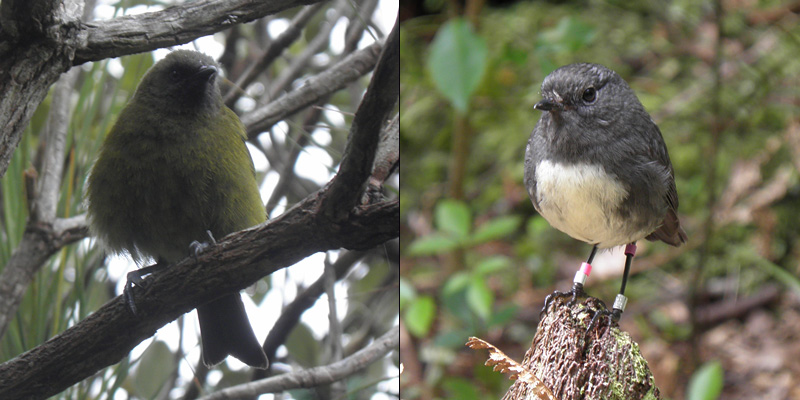 |
Bellbird (left) and a beautiful Stewart Island Robin, even
though I am allergic to coulor-ringed birds. However, lovely birds that
show up from nowhere when you sitting on the ground a relaxing and quite
unafraid too. Dave and I enjoyed tens of Robins, just sitting and waiting.
 |
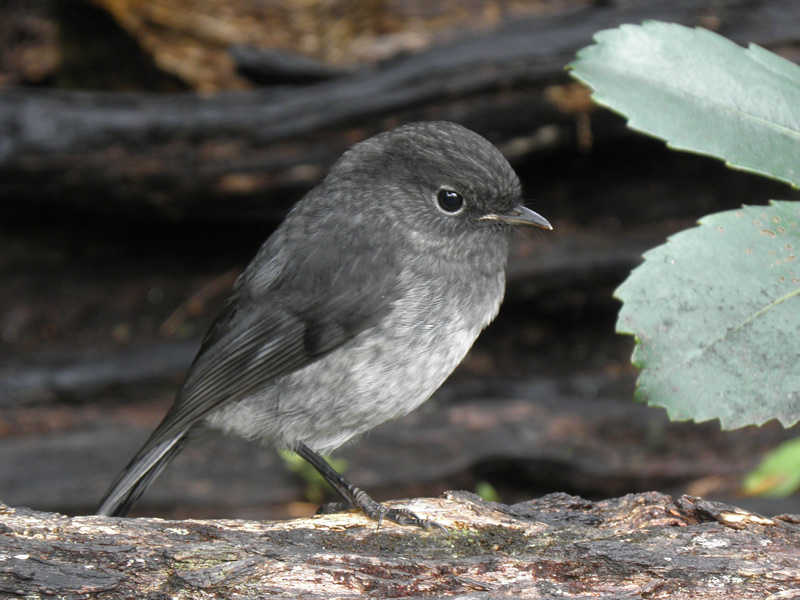 |
A beautiful juvenile and unringed Stewart Island Robin!
 |
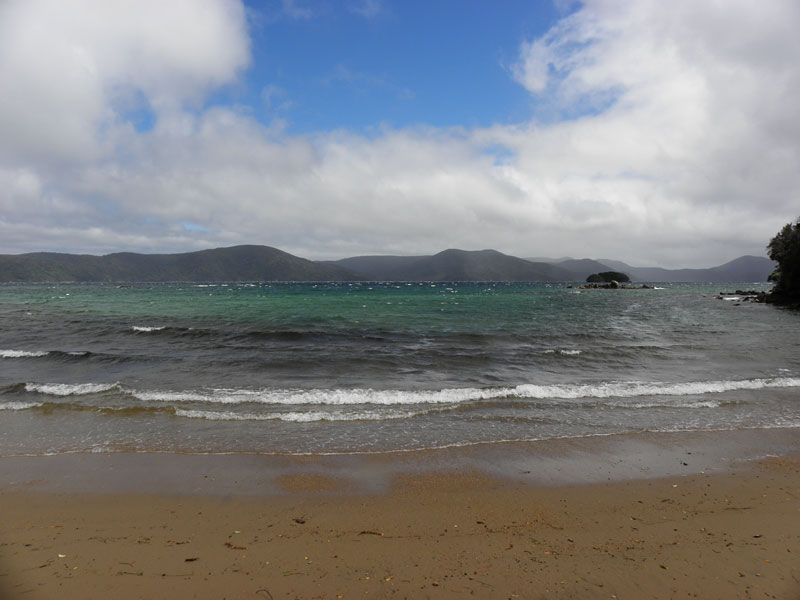 |
View from Boulder Beach, Ulva Island.
 |
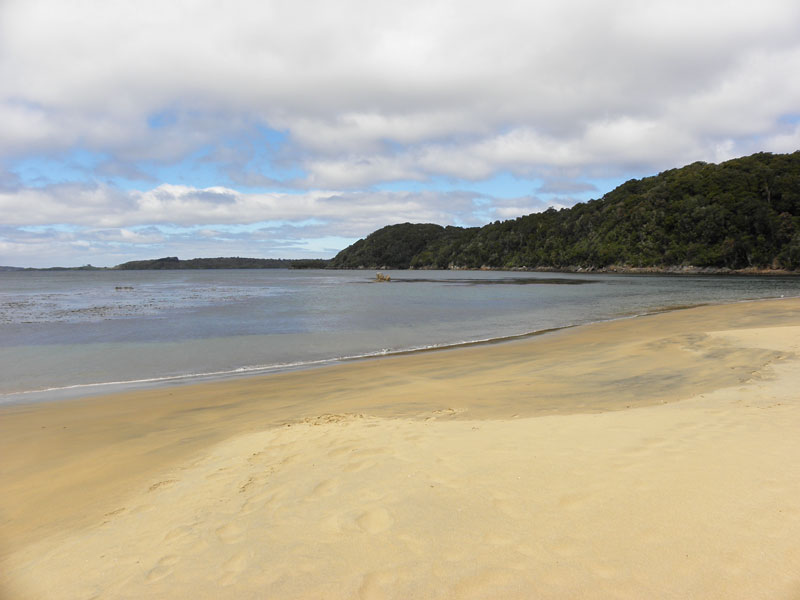 |
Sydney Cove, Ulva Island.
 |
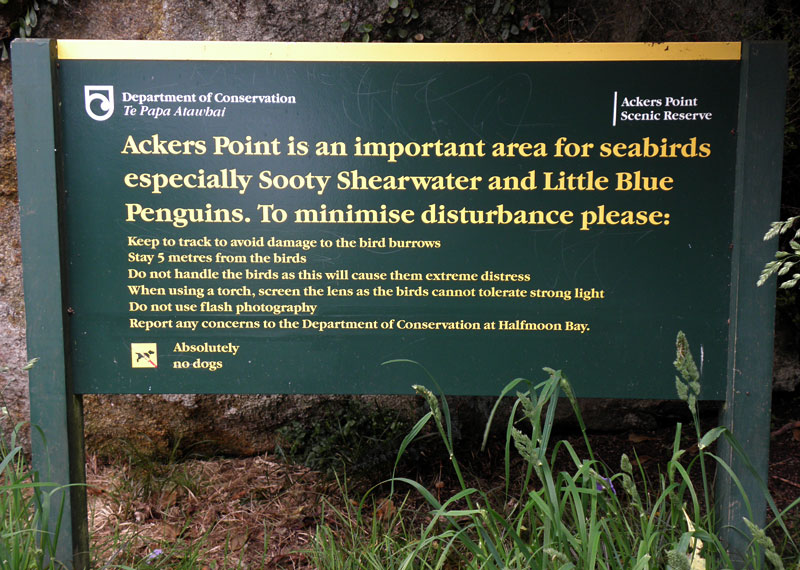 |
After visiting Ulva Island and a quick blue cod dinner I took
a long walk to Ackers Point, the tip of Halfmoon Bay, for an evening seawatch.
 |
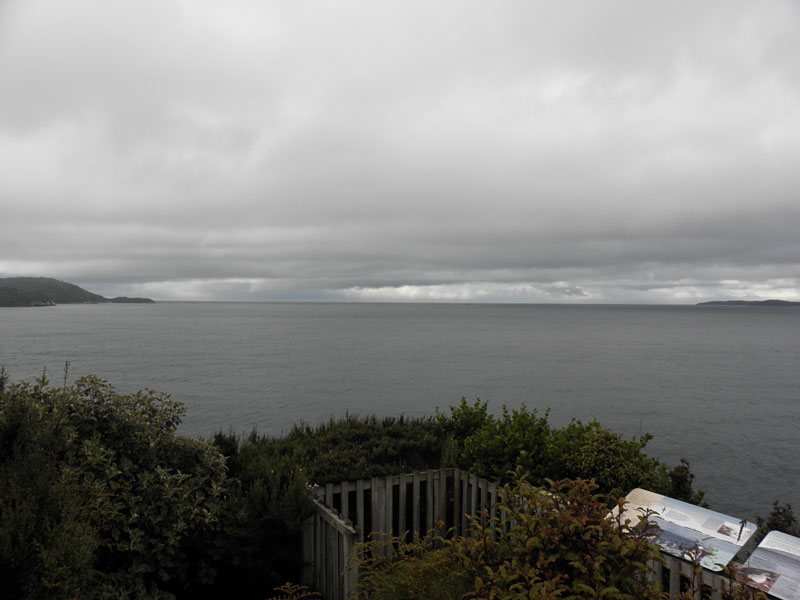 |
Ackers Point and view towards North. From here I saw thousands
of Sooty Shearwaters and 40-50 White-capped Albatrosses, of which many passed
close to the shore and just over the view point. The albatrosses below were
photographed with my compact camera from the view point, then you probably
get a hint of their closeness.
 |
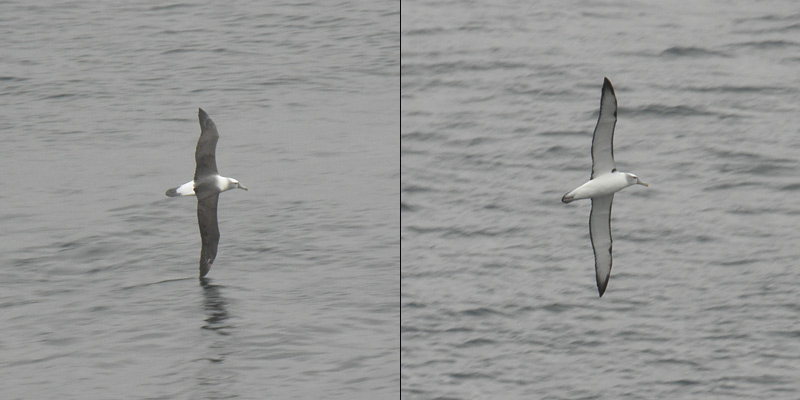 |
White-capped Albatrosses off Ackers Point.
 |
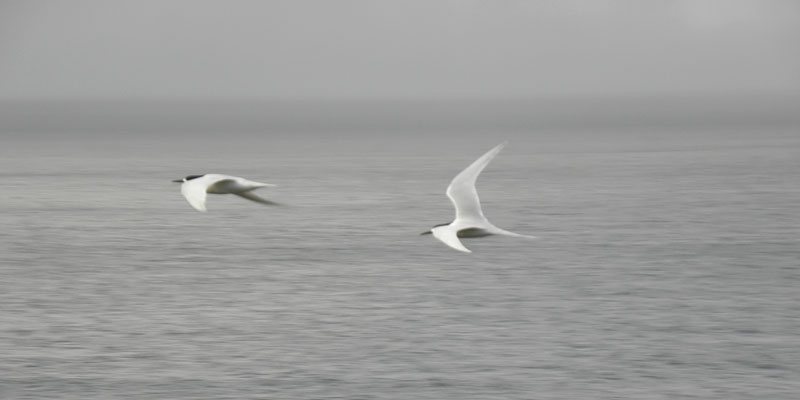 |
A couple of White-fronted Terns passing the Ackers Point.
 |
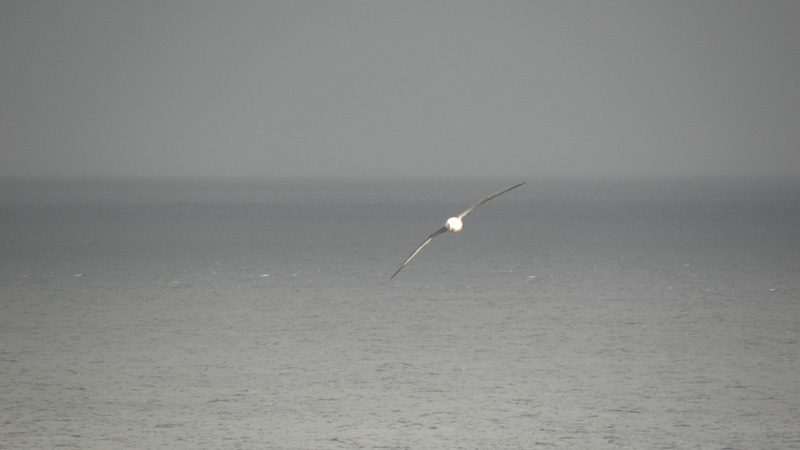 |
A nice White-capped Albatross in nice light at the same altitude
as the Ackers (view) Point.
 |
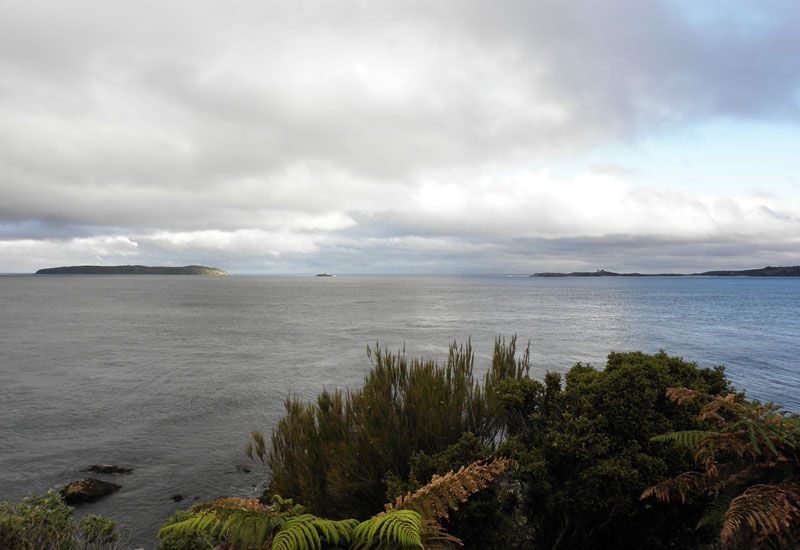 |
View towards south from Ackers Point.
 |
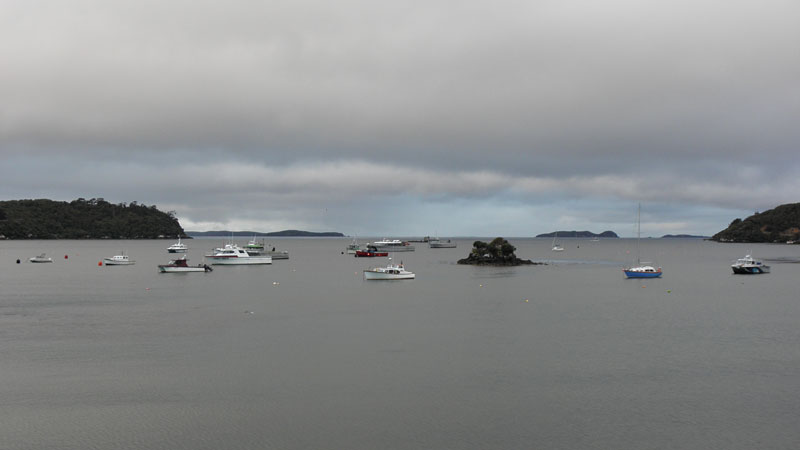 |
A calm Halfmoon Bay about ten o'clock in the evening.
 |
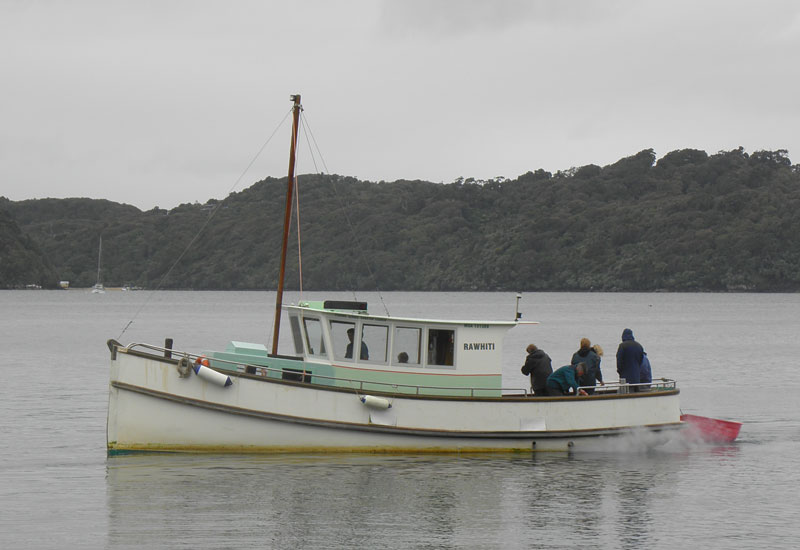 |
The old wooden boat "Rawhiti". The skipper John
Leask arranges different excursions...
 |
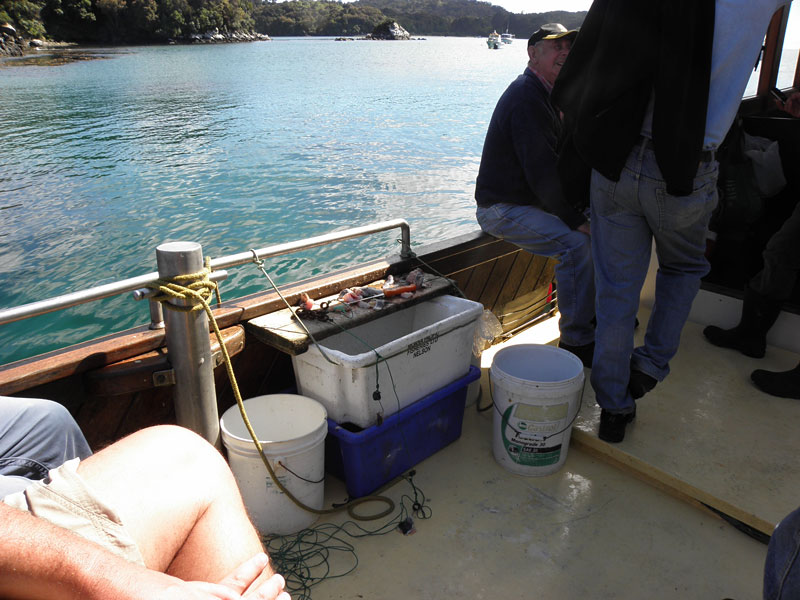 |
...and this one were in fact dedicated to traditional fishing
with hand lines. We left the harbour at 10:30 am. I was the only birder
onboard and there was lot of space for me and the "tourists" from
the mainland were very kind and understandable;)
 |
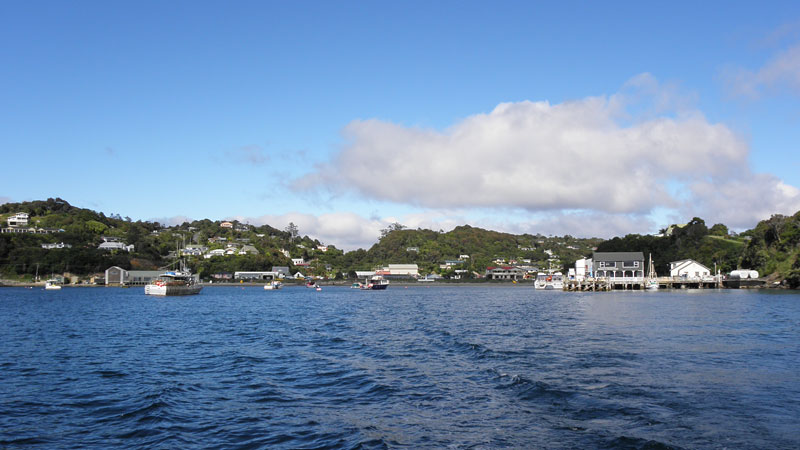 |
Leaving Oban and Halfmoon Bay behind. As usual on my New Zealand
tour the weather gods are on my side. Perfect wind conditions for a day
at sea!
 |
 |
Three little Blue Penguins close to the boat at the inlet
close to Ackers Point.
 |
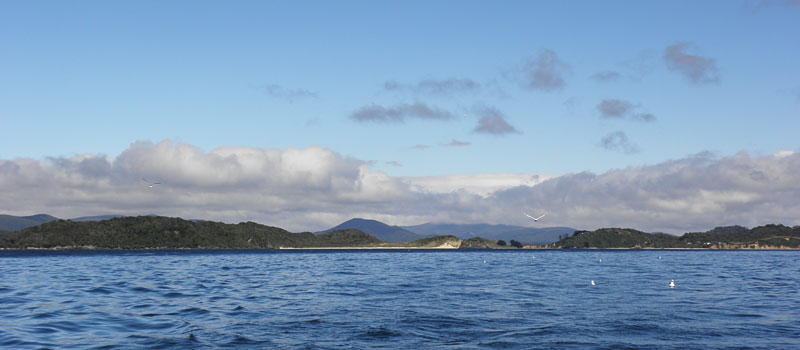 |
As soon as John stopped the boat the albatrosses and gulls
started to arrive.
 |
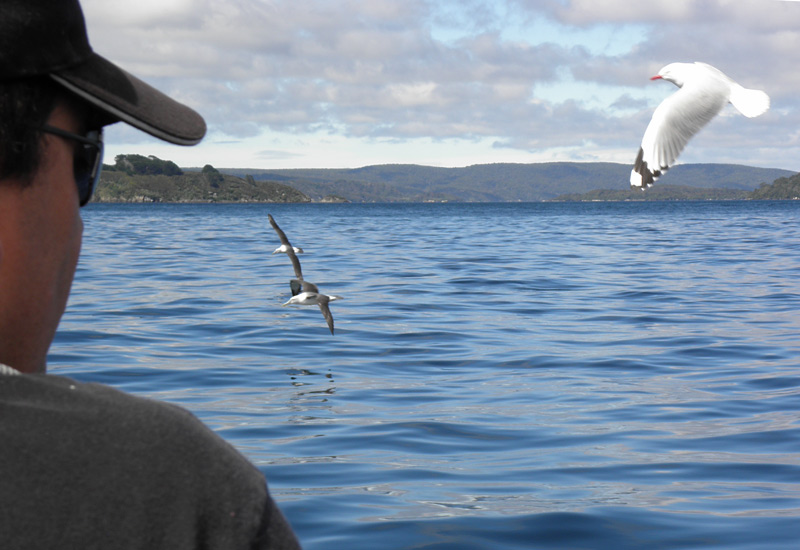 |
Kevin from Christchurch enjoying the weather and the birds
while waiting to hook a blue cod.
 |
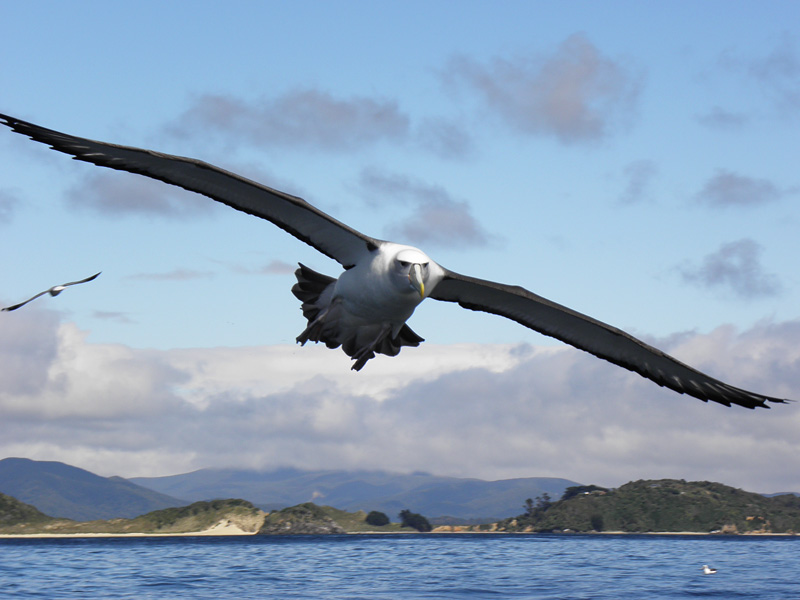 |
A huge and beautiful White-capped ALbatross hanging alongside
the boat.
 |
 |
This island were named The Haystack by captain Cook
 |
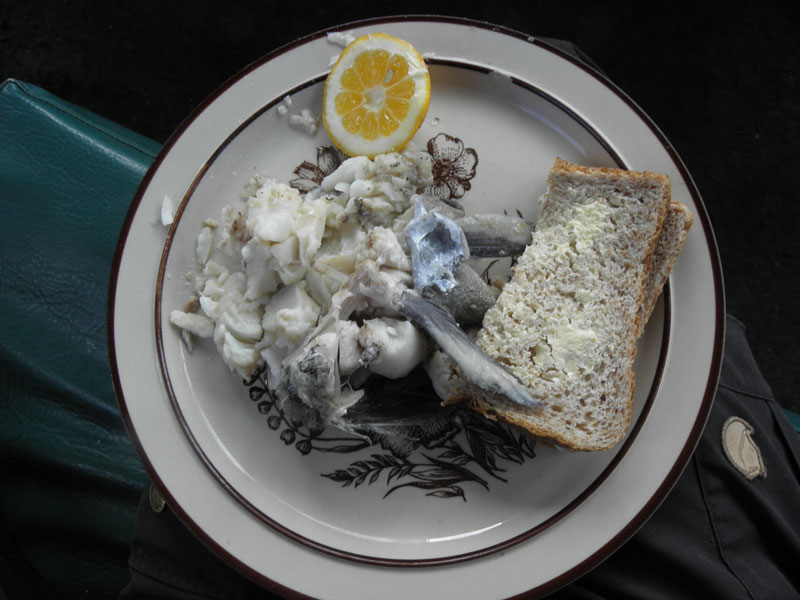 |
Delicious blue cod dinner onboard.
 |
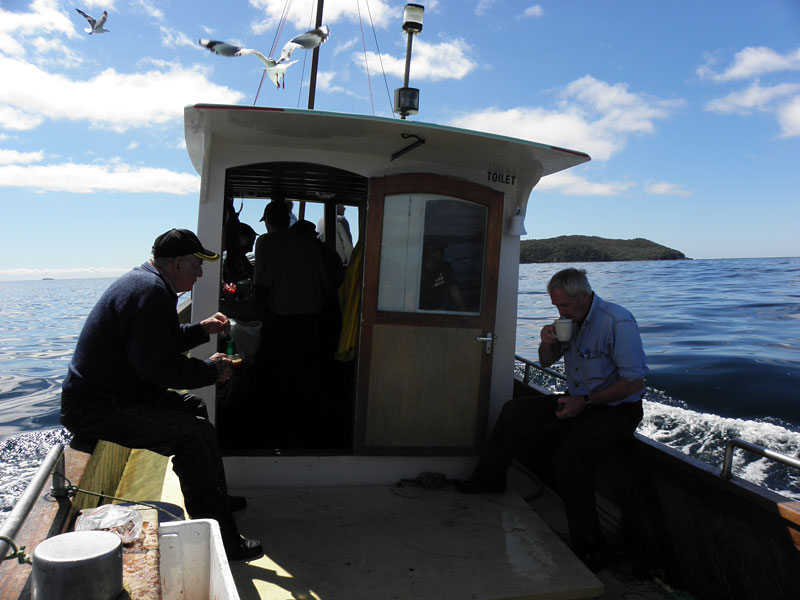 |
Coffee break on a lovely and calm sea...
 |
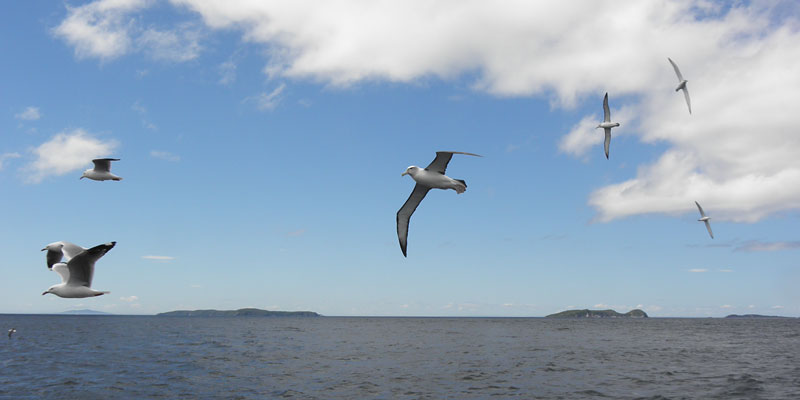 |
... while Red-billed Gulls and White-capped Albatrosses hanging
around.
 |
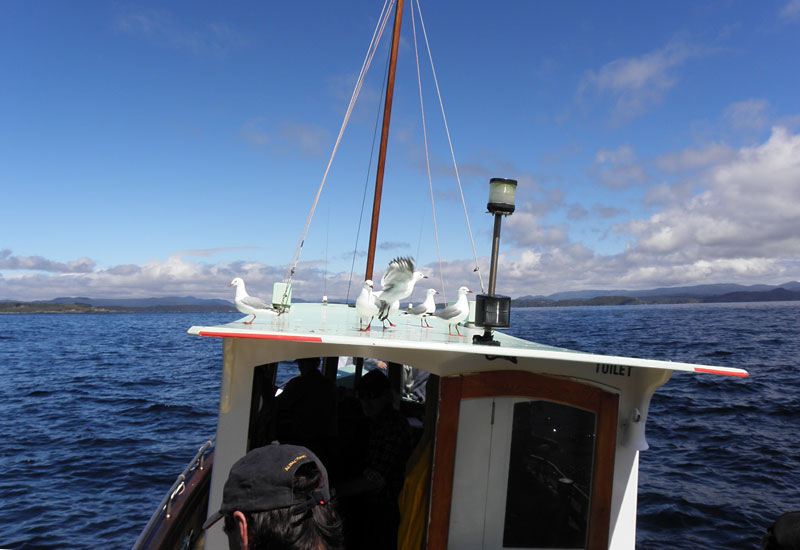 |
Even the gulls need some rest sometimes.
 |
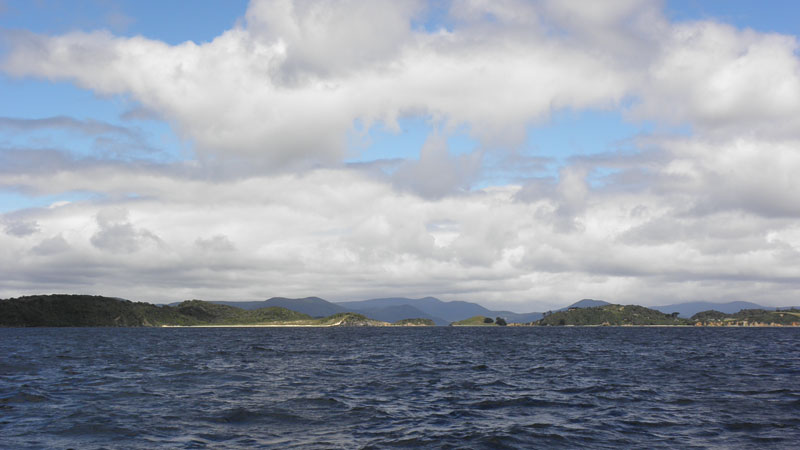 |
View of Paterson Inlet.
 |
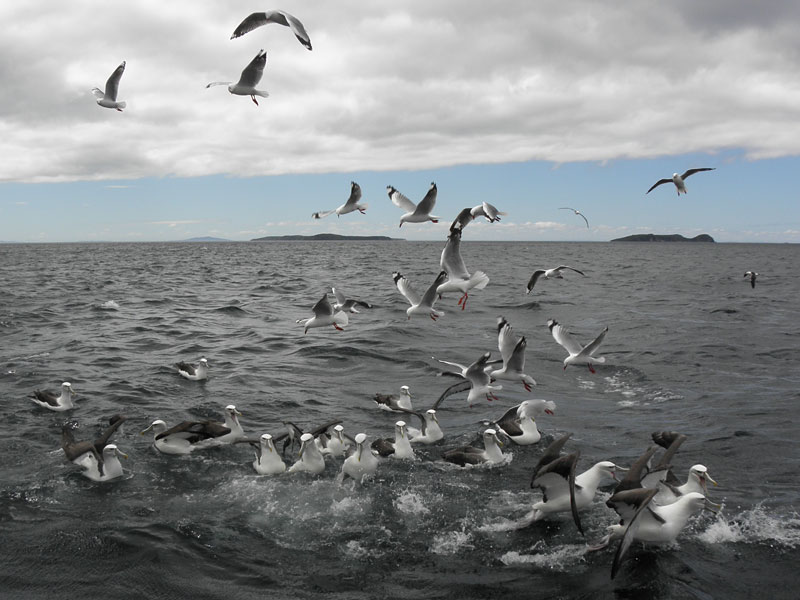 |
Always hungry it seem. It is a fight of every single piece
of fish or bread.
 |
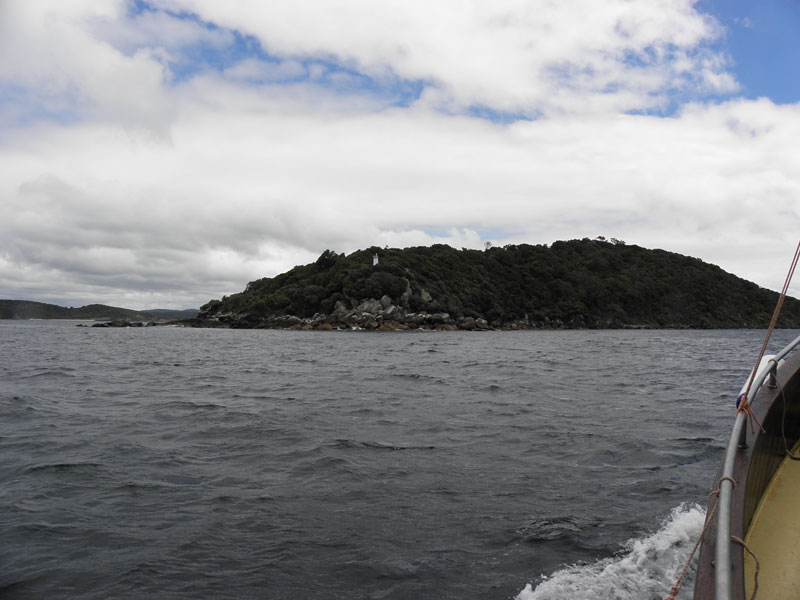 |
Heading back to Oban and approaching Ackers Point, a good
breeding ground for Blue Penguins and Sooty Shearwaters.
 |
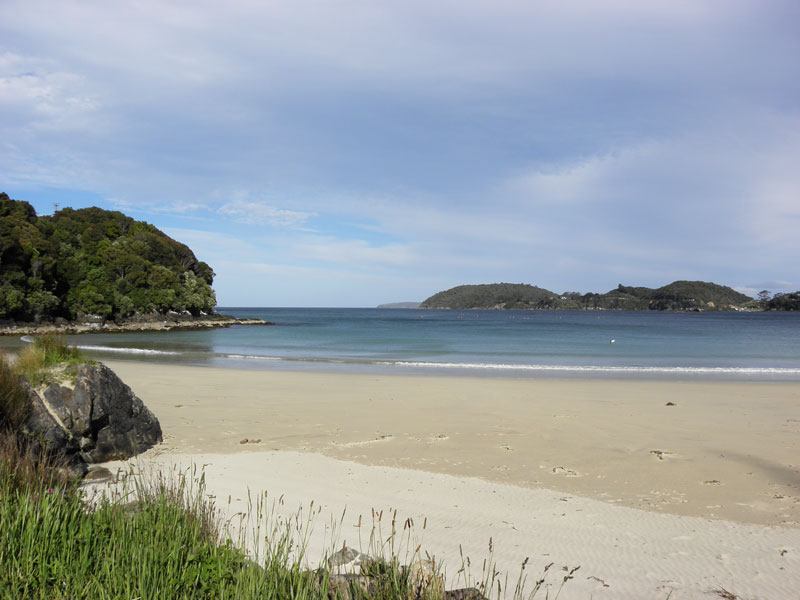 |
Butterfield Bay in late evening.
 |
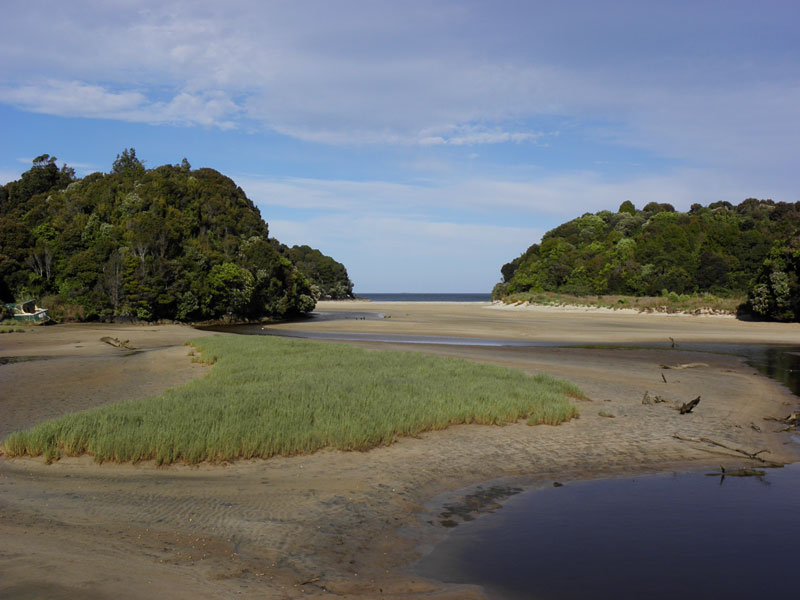 |
Mill Creek area.
 |
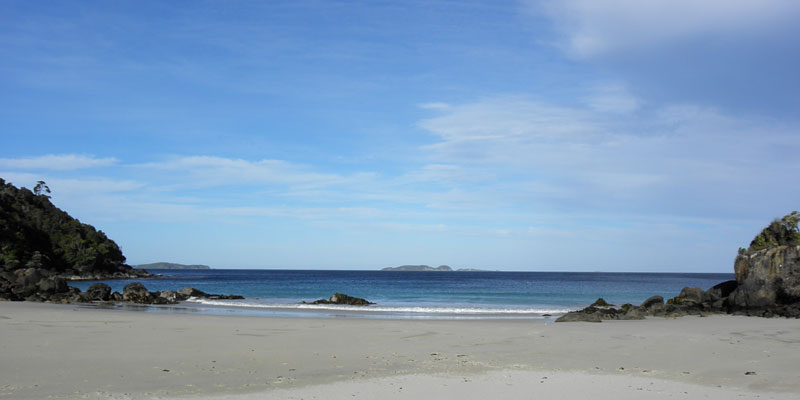 |
Bragg Bay.
 |
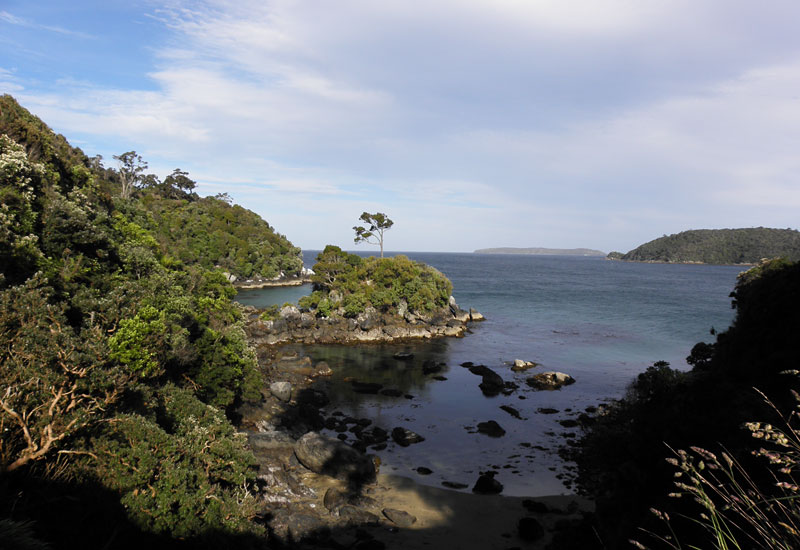 |
The dangerous Dead Man Bech.
 |
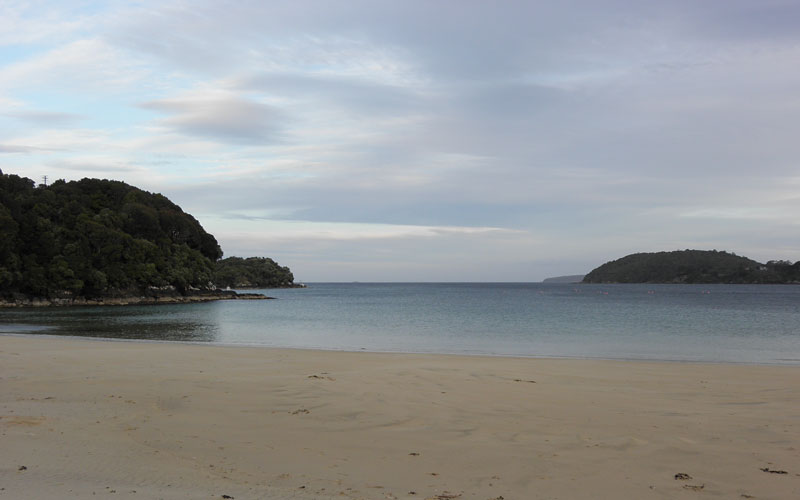 |
Halfmoon Bay in late evening.
 |
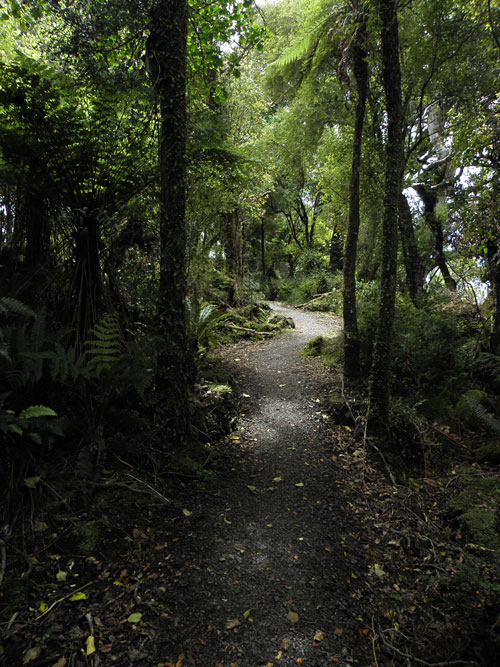 |
The start of the Rakiura track, which is consider to
be one of the great walks in NZ. The whole track is about 36 km and
one’s suggested to do one or two overnights in the huts along
the track. However, I thought that it may be possible to do the track
in one day:)
 |
|
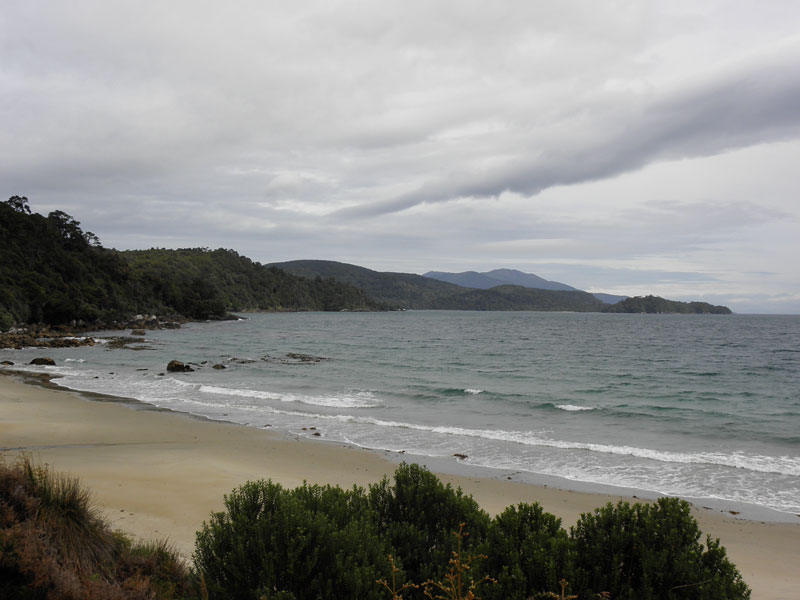 |
View from Lee Bay towards Port William.
 |
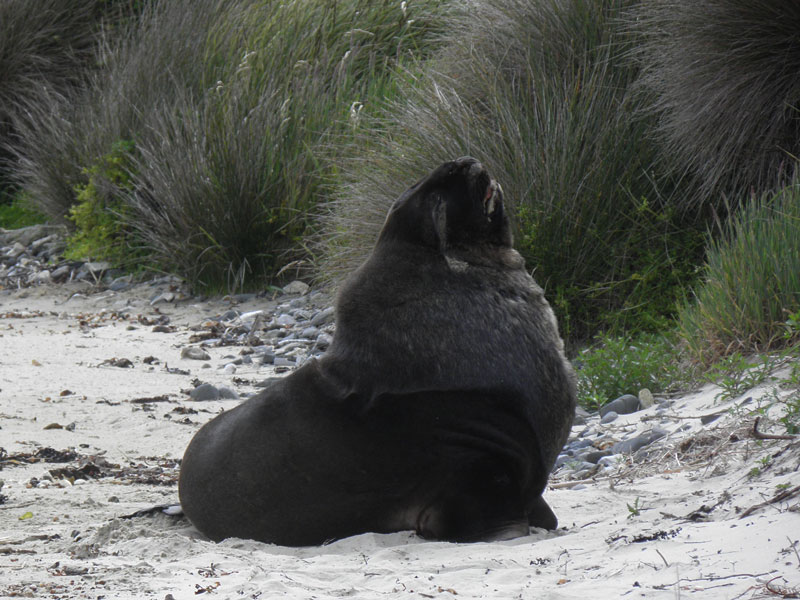 |
A huge male Sea lion at Lee Bay beach. One has to be very
careful not to get to close.
 |
 |
View along the coast from Peters Point.
 |
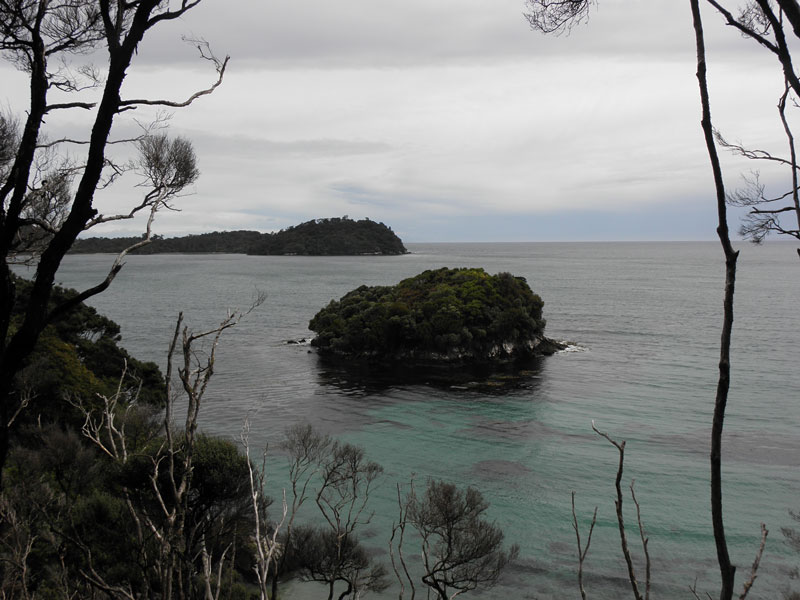 |
| IMamaku Point |
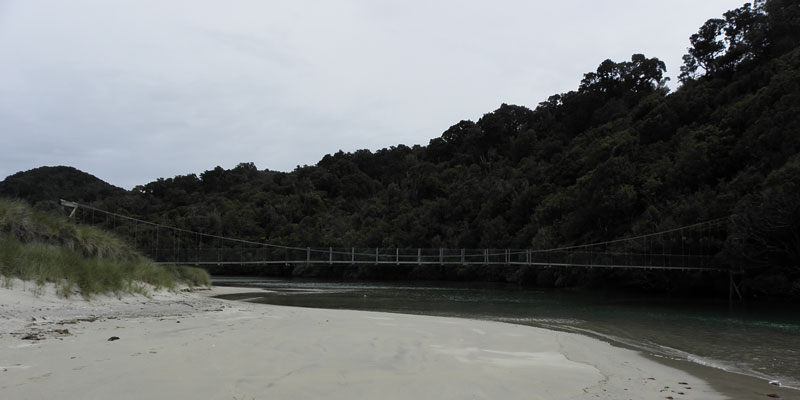 |
Suspension bridge at Maori beach. Here I stayed
for an energy break and made the decision to try the whole Rakiura track
in one go/day.
 |
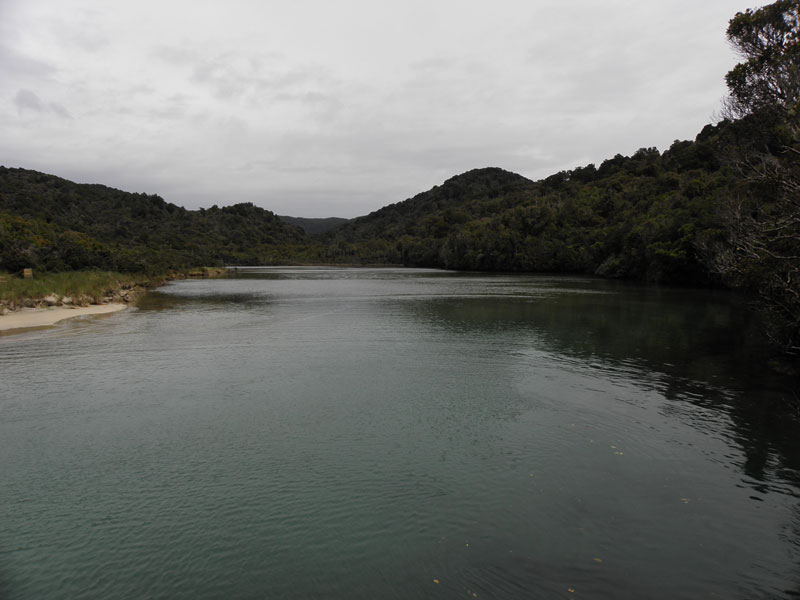 |
View from the suspension bridge.
 |
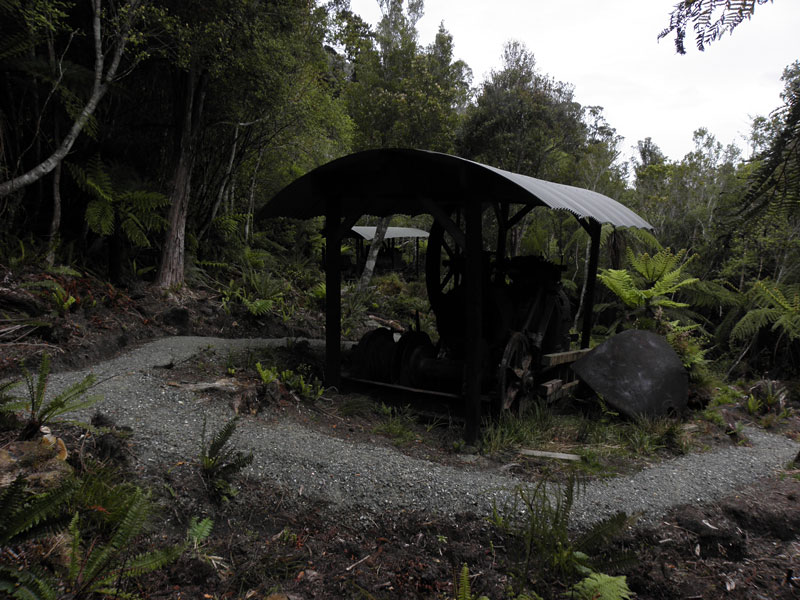 |
Relics from the timber milling industry (the last mill was
closed at Maori beach in 1931).
 |
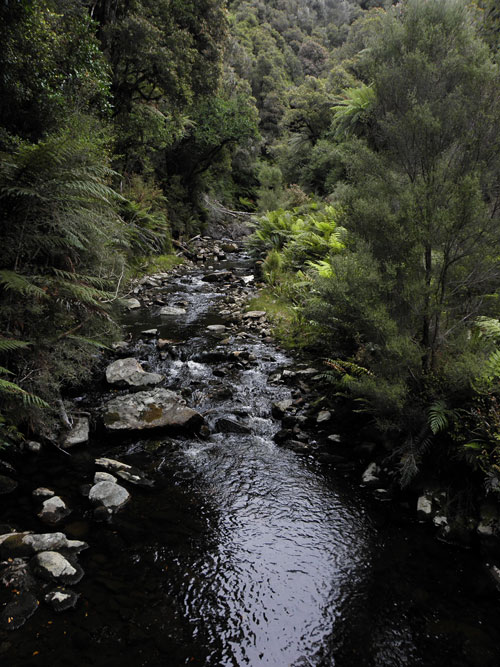 |
A lovely stream along Rakiura track.
 |
|
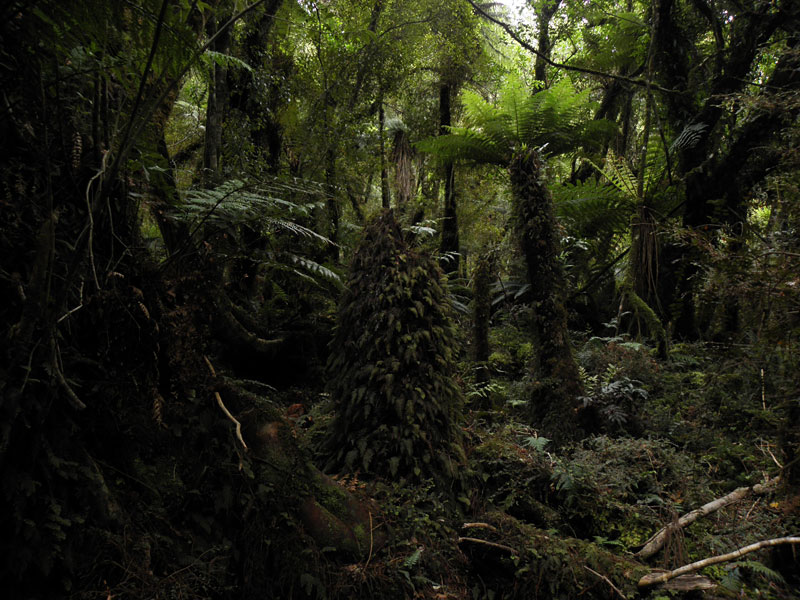 |
The lovely dense native forest between Port William and North
Arm.
 |
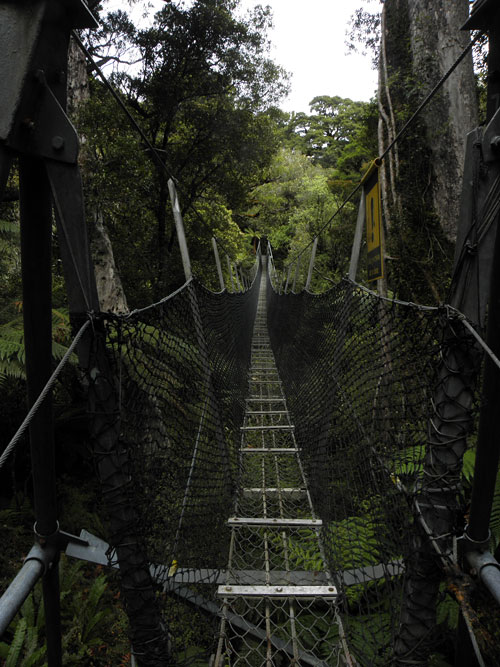 |
A temporary suspension bridge between Port William and
North Arm, due to construction work of a collapsed part of the track.
 |
|
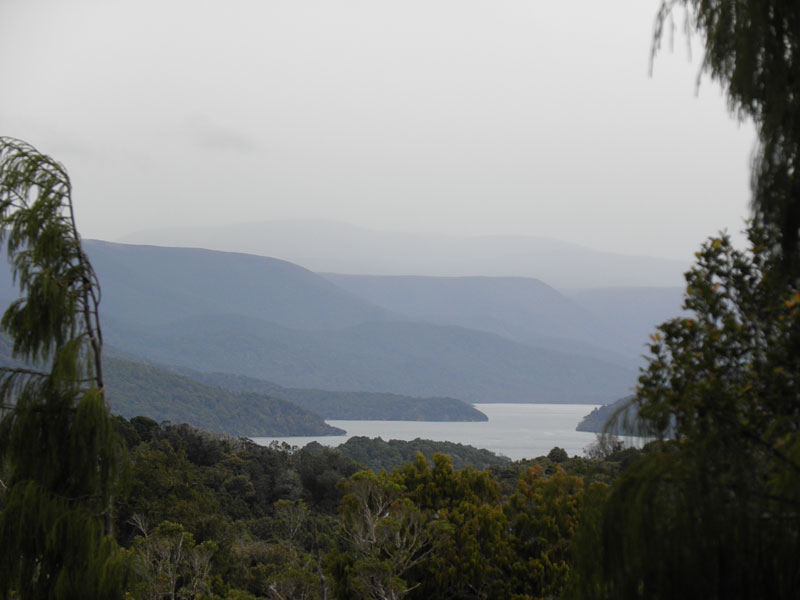 |
View towards Prices Inlet.
 |
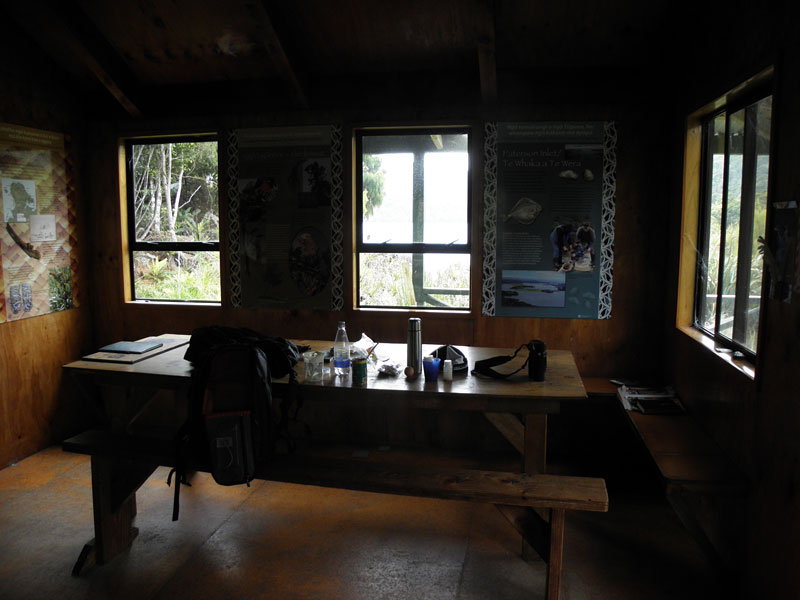 |
The North Arm hut.
 |
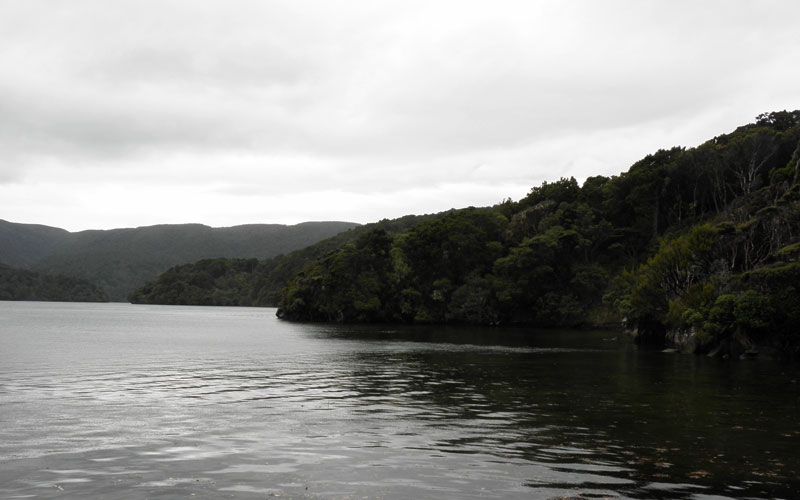 |
Part of the North Arm seen from the hut.
 |
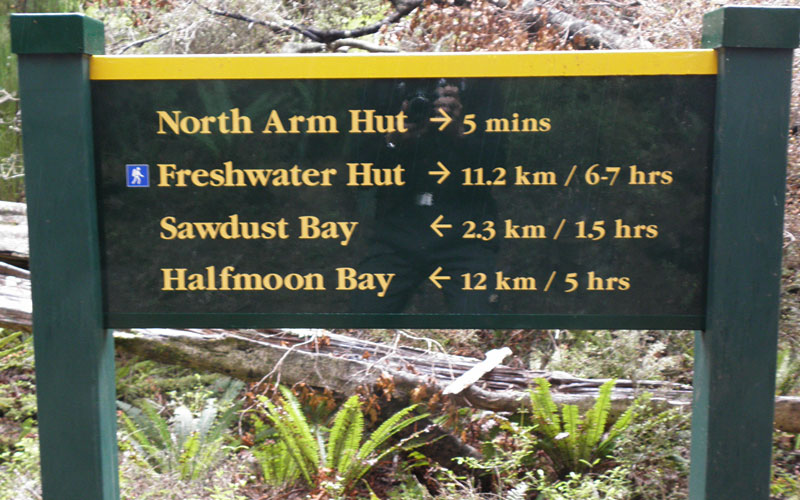 |
Only 12km left before I am home in my little cosy room at
Jo and Andy's. Unfortunately, it started to drizzle when I hit the track
again. The track between North Arm and Sawdust Bay were just a muddy disaster
as some clever one had pulled away the wooden walkway, instead of doing
it step by step when replacing it with a gravel walkway. I could tell that
Andy was most impressed of my full day journey!
 |
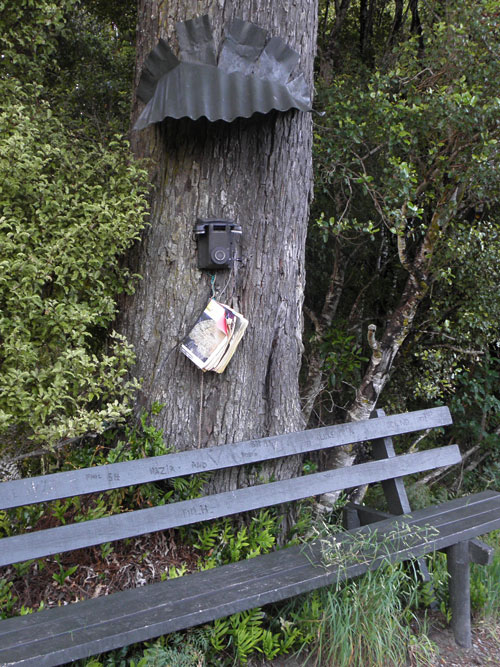 |
I found this on the final track. Yes, I was tempted
to use it and call for help, but no, I am a proud birdwatching athlete;)
 |
|
| |
|
|








































































